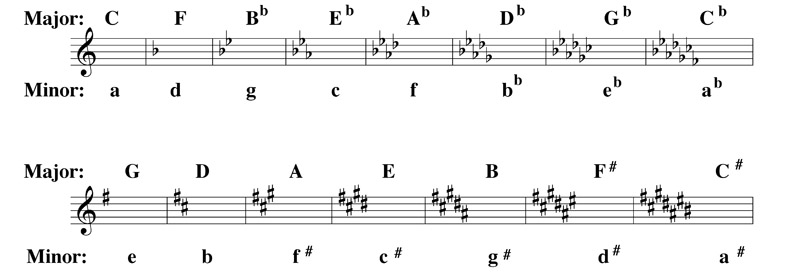The modern usage of key signatures was developed to enable the composer to write without using excessive accidentals. Although sometimes the key signature will change during the course of a work, often-temporary modulations to other key regions will simply add appropriate accidentals. Correct notation includes writing in the key signature on every staff and every system (unlike the meter which only needs to be indicated in the first system.). In the first system, the key precedes the meter.
It is important to also understand that many pieces composed during the late 16th century and throughout the 17th (when key signatures were gradually becoming adopted) will not always employ modern signatures. This is especially true of the minor mode wherein it is not uncommon to observe one less accidental in the signature than the modern version. For example, c minor will often be written with 2 flats instead of 3. This only means that the 6th scale degree is assumed raised and an Ab would be added to flat the scale step.



